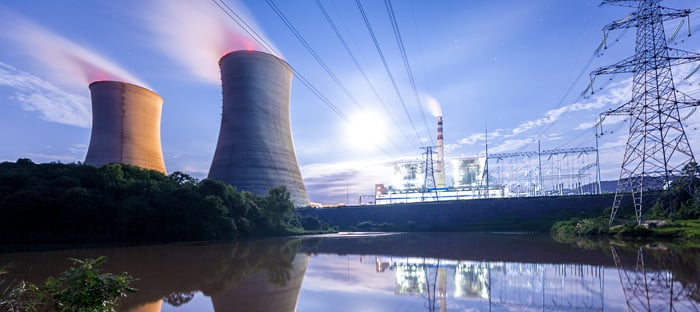Power your home
Enjoy price security with Safe Harbor fixed price energy plans

Power your business

Loading component...
Loading component...
Energy Resources

If you’re wondering whether your home’s energy bills will keep rising in 2023, the Energy Information Administration says that trend is likely. The EIA predicts natural gas bills could rise as much as 28% and electricity costs could climb by 10% compared to 2022.
There is good news, however. Some forecasters, including the World Bank, predict prices could drop as much as 11% over the course of the year.
So what forces are at play in the energy market that are still driving up your home’s energy costs?
Let’s start with inflation. Annual inflation is up 7.5 percent, which is the highest it has been since 1982. When inflation rises, your dollar buys less, which is another way of saying things are more expensive. Consumer demand for limited goods post- pandemic is a driver, as well. Simply put, when people buy more, a shortage in goods drives up price. It’s all about the supply chain.
On top of that, a large portion of what’s driving inflation and rising energy costs is travel price inflation, or “re-inflation after a pandemic depression,” according to Skift.com. TSA checkpoint travel numbers suggest that air travel is up 196% compared to 2020, and domestic travel by car has increased, too, despite higher gas prices. In fact, the car rental segment propelled travel inflation more than any other category, with an 87% increase. Year over year, energy prices have risen a whopping 46.5% overall, and this year will add to that price hike significantly.
Oil prices and inflation have a cause-and-effect relationship. A rise in crude oil prices contributes to inflation. Oil is also used to produce several products, including plastics. The cost increase to make products is often passed to the customer, indirectly affecting inflation, as well.
Despite mass travel, more people are working from home because of COVID. Many of those who have jobs that can be performed remotely are continuing to do so, even as we emerge from the worst of the pandemic. Some estimates expect that by 2025, almost a quarter of U.S. employees will work from home at least part-time.
Although there are many advantages to working from home, there are costs to keep in mind, as well. Energy usage tops the list, as laptops, monitors, lights, and heating and cooling run more often. If more than one person is working from home, double those costs.
Learn simple ways to help save on your energy bills
Partly because of COVID, we’re also suffering from a labor shortage in certain industries. The pandemic-induced Great Resignation continues, with more than 47 million people quitting their jobs in search of higher-paying work or a company with a better culture. Labor shortages impact your energy bill when there are fewer people moving fuel from where it’s produced to where it’s consumed.
Simply put, the logistics of getting energy to your home are strained and more costly because workers are less willing to do it for pre-pandemic level pay. That wage cost is likely going to be passed along to you. How? In the form of higher energy prices.
Lastly, and maybe most profoundly, there’s the war in Ukraine. Aside from the terrible humanitarian crisis it’s causing, it’s also pushing up energy costs. Because of the war, and the economic sanctions multiple countries have placed on Russian fuel as a result, prices for a barrel of oil have risen to a seven-year high.
Since crude oil is the main ingredient in gasoline and the fuel for generating electricity, the U.S. needs to find other, more expensive sources of fuel, namely dipping into the country’s own oil reserves. When oil gets more expensive, so does the cost to generate electricity and supply gasoline.
There’s a silver lining, however. The energy crisis could accelerate the world’s transition to clean energy, says Fatih Birol, Executive Director of the International Energy Agency and an influential energy economist. His thoughts were reported in The Guardian article Carbon emissions from energy to peak in 2025 in ‘historic turning point,’ says IEA.
Planned energy investments by governments in response to the crisis include a 50% increase in low-carbon energy, like solar, wind and nuclear power, the IEA explains in the report. Not only could the investment cause demand for fossil fuels to peak before the end of the decade, increasing the supply of clean energy benefits consumers by lowering the price of electricity as supply outpaces demand.
“None of the government leaders complained about too much clean energy,” Birol said. “They complain that they don’t have enough.”
Despite all that, there are some ways you can keep your energy rate in check this summer and beyond.
One tool you have at your disposal is to lock in your energy costs with a low, long-term, fixed-rate plan. This could protect you against unforeseen fluctuations in the energy market and provide you with a stable rate that you can budget for.
You also have the option today to purchase energy from zero-carbon generation sources that don’t rely on fossil fuels, which could lower your rate and do good for the environment.
Learn more about how to manage energy costs in a volatile market
Enter your zipcode to find 100% Green plans in your area.